Starting a garden in a densely shady backyard
cardwellave
12 years ago
Related Stories

GARDENING GUIDESHow to Stop Worrying and Start Loving Clay Soil
Clay has many more benefits than you might imagine
Full Story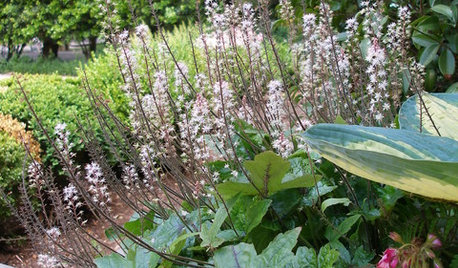
GARDENING GUIDESGreat Design Plant: Foamflower Cushions Shady Garden Areas
Try evergreen ground cover Tiarella cordifolia for a soft look all year — one the rabbits and deer won’t mess with
Full Story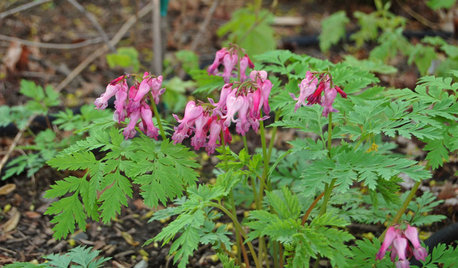
GARDENING GUIDESGreat Design Plant: Dicentra Eximia Brightens Shady Gardens
This North American bleeding heart species blooms from spring to fall and welcomes bees and hummingbirds
Full Story
GARDENING GUIDES10 Tips to Start a Garden — Can-Do Ideas for Beginners
Green up your landscape even if you're short on time, money and knowledge, with these manageable steps for first-time gardeners
Full Story
FARM YOUR YARD6 Things to Know Before You Start Growing Your Own Food
It takes time and practice, but growing edibles in the suburbs or city is possible with smart prep and patience
Full Story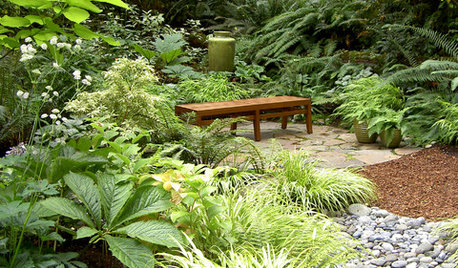
GARDENING GUIDESGreat Garden Combo: 6 Beautiful Plants for a Shady, Wet Site
Transform a shade garden with moisture-loving golden grasses, textural leaves and a sprinkling of flowers
Full Story
LANDSCAPE DESIGNGreat Design Plant: Retreat to the Shade of Hardy Catalpa
Big foliage and a towering height provide a shady respite in summer, but that's not all hardy catalpa offers dedicated gardeners
Full Story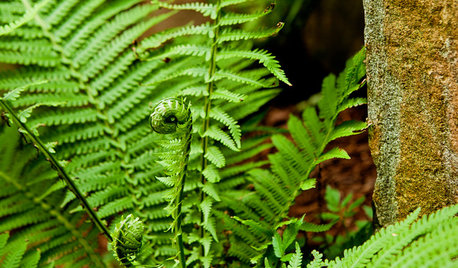
GARDENING GUIDESGreat Design Plant: Ostrich Fern (Matteuccia struthiopteris)
Try this giant among ferns for a showstopping sight in a shady or even somewhat sunny woodland garden
Full Story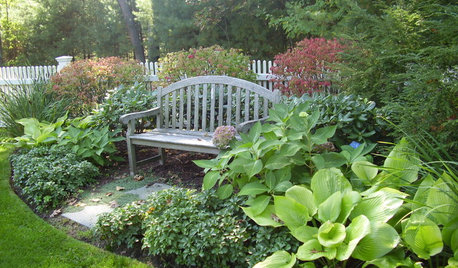
GARDENING AND LANDSCAPINGLandscape Design: A Secret Garden
Create a sense of discovery in your garden with an unexpected clearing, a shady arbor or a secluded nook
Full Story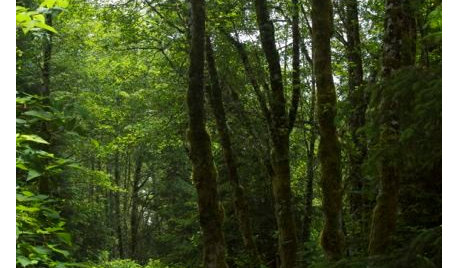
LANDSCAPE DESIGNLet Nature Inspire Your Landscape: Ideas for a Woodland Garden
Fill your senses with the magic of a wild forest-inspired garden — from shady understory plants to towering treetops
Full Story

on_greenthumb
mandolls
Related Professionals
Cary Landscape Architects & Landscape Designers · Franconia Landscape Architects & Landscape Designers · Kenmore Landscape Architects & Landscape Designers · Rancho Cordova Landscape Architects & Landscape Designers · Barrington Landscape Contractors · Bound Brook Landscape Contractors · Saint George Landscape Contractors · Tavares Landscape Contractors · Irvington Landscape Contractors · Edison Roofing & Gutters · Joliet Roofing & Gutters · Kinnelon Roofing & Gutters · Largo Siding & Exteriors · North Bellmore Siding & Exteriors · Overland Park Siding & ExteriorsMerilia
newbiehavinfun
newbiehavinfun
mbravebird
trovesoftrilliums
christinmk z5b eastern WA
duluthinbloomz4
cardwellaveOriginal Author
sprout_wi
girlgroupgirl
plantmaven
Marie Tulin
cardwellaveOriginal Author
girlgroupgirl
IowaGma
plantmaven
woodyoak zone 5 southern Ont., Canada
luckygal
Marie Tulin
ianna
lavendrfem
cardwellaveOriginal Author
cardwellaveOriginal Author
sprout_wi
plantmaven
rock_oak_deer